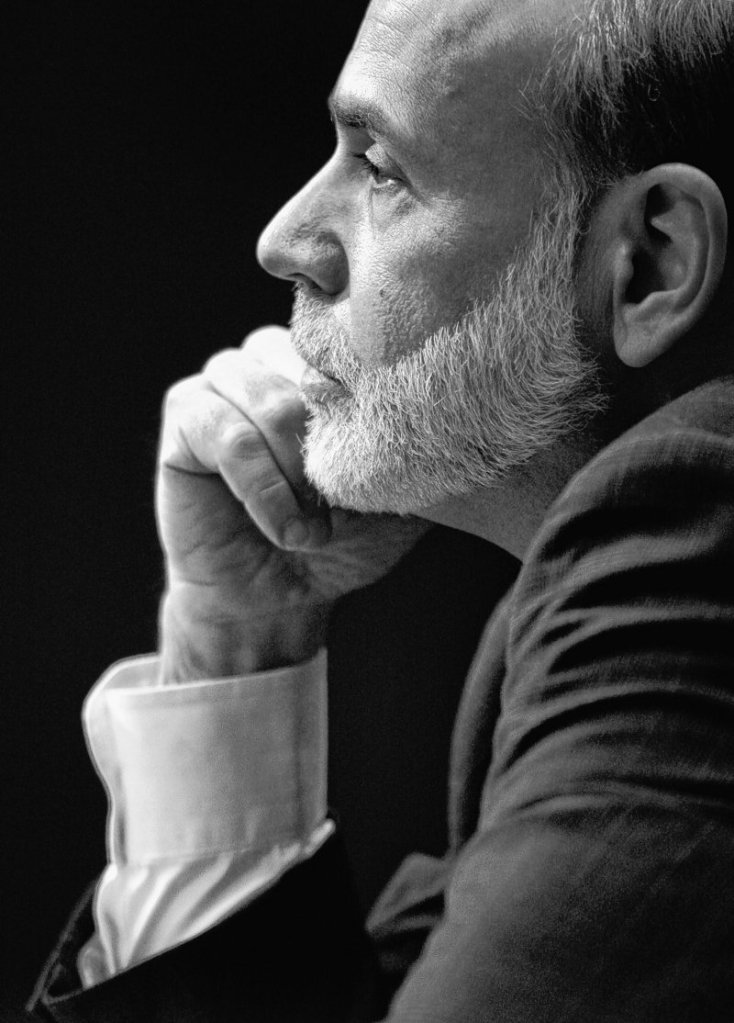NEW YORK – It was a dramatic ride for bonds and the mortgage market in 2010 as an economic crisis in Europe and wonky concepts like “quantitative easing” helped push down yields to levels not seen since the 1950s.
The new year may be just as eventful, but one where higher rates are likely.
The yield on the 10-year Treasury note rose to a yearly high of just under 4 percent in April and then plunged as low as 2.38 percent in October. That contributed to a historic drop in mortgage rates that brought 30-year fixed-rate loans to a low of 4.17 percent early in November.
But even with Treasury yields climbing at the end of the year, pushing mortgage rates higher, savers have yet to see the benefits. Average yields on five-year CDs stood at 1.56 percent at year’s end, according to Bankrate.com. Money market rates were stuck at 0.19 percent for the last five weeks of the year.
The yield on the 10-year Treasury note fell to 3.29 percent on the final day of the year from 3.36 percent late Thursday, as fund managers shuffled their portfolios to match their benchmark indexes. Its price, which moves in the opposite direction, rose 56 cents per $100 invested.
In other trading, the 30-year bond rose $1.46, with the yield falling to 4.33 percent from 4.42 percent. The yield on the two-year note fell to 0.59 percent from 0.64 percent.
Federal Reserve Chairman Ben Bernanke signaled in August that he was prepared to pump hundreds of billions of dollars into the banking system by buying Treasury securities. His goal was to push down borrowing rates to stimulate the economy through what’s come to be known as a “quantitative easing” strategy.
But well before the Fed spelled out the details of its $600 billion plan on Nov. 3, rates started rising on signs that the economy already was on its way to higher growth that could lead to higher inflation.
That’s why analysts say it’s unlikely rates will revisit the low levels of 2010 in the new year. The result: higher costs ahead for borrowers, though at the same time the possibility of higher interest rates for savers.
Here’s what to watch for in the next year:
BERNANKE’S NEXT MOVE
The Fed opted for the quantitative easing route in part because it already had cut its target for the overnight borrowing rate between banks to zero. The central bank’s $600 billion Treasury-buying program will continue through June. Depending on the economic environment, more purchases could be on the way.
The big issue now could be inflation. If prices show signs of taking off, the central bank may feel compelled to contain it by raising short-term interest rates. And if long-term rates rise as well, the U.S. budget deficit could spike higher. Keep an eye on the consumer price index and the producer price index.
HOW’S THE ECONOMY?
If economic data keep coming in on the rosy side, investors will feel more confident putting money in riskier investments like stocks and shifting it out of Treasurys. That will drive down bond prices and raise their yields. Key indicators include employment numbers, especially job growth in non-government sectors; manufacturing figures; and confidence numbers from businesses and consumers.
Lastly, watch housing, which so far has been a drag on the economy. If existing home sales consistently rise and the number of homes on the market steadily decreases, then that market may be on the mend. Once home prices turn up on their own, Americans will start to feel wealthier as their largest asset slowly regains the equity it lost in the last four years.
EUROPE STRIKES AGAIN
Treasury yields were expected to rise in 2010 along with a recovering economy. But European debt problems, starting with a $146 billion bailout of Greece in the spring and continuing with Ireland’s $90 billion rescue this fall, prompted investors to take cover in the safety of the U.S. bonds, pushing the yield down.
Europe isn’t out of the woods yet. On Sunday, the chief economist of Deutsche Bank, Germany’s biggest bank, said he expects Portugal to seek a bailout from other eurozone countries in the near future. The country needs to raise up to $26.5 billion next year to shore up its finances.
Other countries like Spain, Belgium, Hungary and Romania are slashing their budgets to weather their debt woes. If another country teeters on the brink of insolvency, investors likely will seek further shelter in Treasurys, pushing yields lower and prices higher.
But the reaction may not be as dramatic as this year’s because Europe is on investors’ radars and likely won’t take them by surprise.
THE WILD CARDS
If tensions between North Korea and South Korea ratchet up, investors may panic and seek safer investments. Any escalation in that conflict could hurt global growth.
The health of state and local governments also could affect Treasurys, said Howard Simons, strategist with Bianco Research in Chicago. The Treasury has issued bonds and swapped them for municipal securities to help troubled local governments. The extra supply likely would depress Treasury prices and drive yields higher.
“As long as state and local governments are stressed, Uncle Sam is going to keep printing money to bail them out,” Simons said.
Send questions/comments to the editors.



Success. Please wait for the page to reload. If the page does not reload within 5 seconds, please refresh the page.
Enter your email and password to access comments.
Hi, to comment on stories you must . This profile is in addition to your subscription and website login.
Already have a commenting profile? .
Invalid username/password.
Please check your email to confirm and complete your registration.
Only subscribers are eligible to post comments. Please subscribe or login first for digital access. Here’s why.
Use the form below to reset your password. When you've submitted your account email, we will send an email with a reset code.